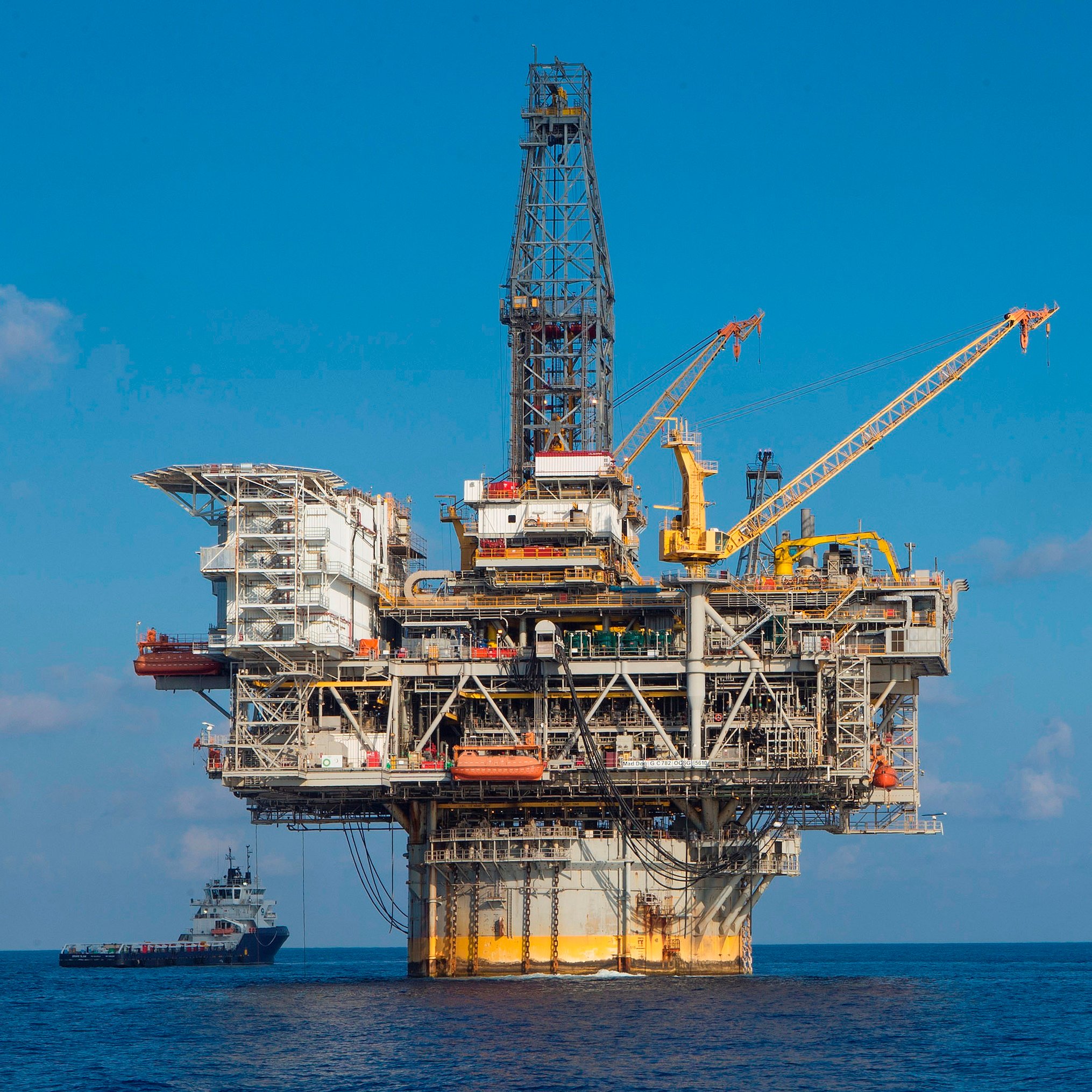Energy
EIA Forecast: Higher Pump Prices, Higher US Production Through 2018

Published:
Last Updated:

The U.S. Energy Information Administration (EIA) on Tuesday released the latest update to its Short-Term Energy Outlook. For the end of December 2016, the EIA estimated an average U.S. pump price of $2.25 a gallon, up 10 cents from the previous forecast. The 2016 annual average is now pegged at $2.15 a gallon, up a penny from last month’s estimate. The agency’s forecast for 2017 now calls for an average pump price of $2.38 per gallon, up eight cents per gallon since last month.
Rising pump prices have followed on rising prices for crude oil in the wake of announced production cuts totaling about 1.8 million barrels a day from OPEC nations and other oil-producing nations.
The January report also includes the EIA’s first estimates for crude oil and refined product pricing for 2018. Benchmark West Texas Intermediate (WTI) crude oil is expected to average $43.33 a barrel in 2016, rising to $52.50 in 2017 and $55.18 in 2018. Brent crude pricing is forecast at $43.74 a barrel in 2016, $53.50 in 2017 and $56.18 in 2018. The expected retail price for a gallon of regular gas in 2018 is $2.41.
Crude oil production estimates call for an average of 8.9 million barrels a day in 2016 and 9.0 million barrels a day in 2017. Compared with last month’s estimates, 2016 production is now forecast higher by 40,000 barrels a day and 2017 production is forecast to rise by 220,000 barrels a day. The initial production forecast for 2018 calls for 9.3 million barrels a day. EIA attributed the increases to more production from the Gulf of Mexico and tight-oil formations such as the Bakken and Permian Basin.
U.S. crude oil production is forecast to drop by 5.5% in 2016 to 8.9 million barrels a day compared with 2015 average production of 9.42 million barrels a day but to rise by 11,000 barrels a day year over year in 2017 to 9 million barrels and by another 300,000 barrels a day to 9.3 million barrels a day in 2018.
The EIA now forecasts a first-quarter 2017 gasoline pump price of $2.31, up 15 cents compared with last month’s projection. By June, the EIA reckons the price will rise to an average of $2.50 a gallon before dropping back to $2.21 in December.
Regarding the productions cuts that went into effect earlier this month the EIA noted:
Some countries within the agreements have confirmed with customers that they will reduce oil deliveries in the coming months, providing more credibility to the stated production targets. These confirmations likely provided additional support for higher oil prices. However, some countries not subject to the terms of the agreement could increase production in the coming months, which is expected to result in an increase in global oil supplies and could delay consistent global inventory withdrawals until the second half of 2018. Uncertainty in the production response from Libya, Nigeria, and the United States in the coming months presents some of the largest risks to the timeline of oil market rebalancing.
WTI for February delivery traded down about 0.9% around $51.50, after touching a high of $52.37 earlier Tuesday morning. Brent crude for March delivery traded down about 1.1% at $54.35, after posting an intra-day high of $55.36 earlier. Oil gained about 0.5% last week and dropped nearly 4% of that total on Monday.
A financial advisor can help you understand the advantages and disadvantages of investment properties. Finding a qualified financial advisor doesn’t have to be hard. SmartAsset’s free tool matches you with up to three financial advisors who serve your area, and you can interview your advisor matches at no cost to decide which one is right for you. If you’re ready to find an advisor who can help you achieve your financial goals, get started now.
Investing in real estate can diversify your portfolio. But expanding your horizons may add additional costs. If you’re an investor looking to minimize expenses, consider checking out online brokerages. They often offer low investment fees, helping you maximize your profit.
Thank you for reading! Have some feedback for us?
Contact the 24/7 Wall St. editorial team.